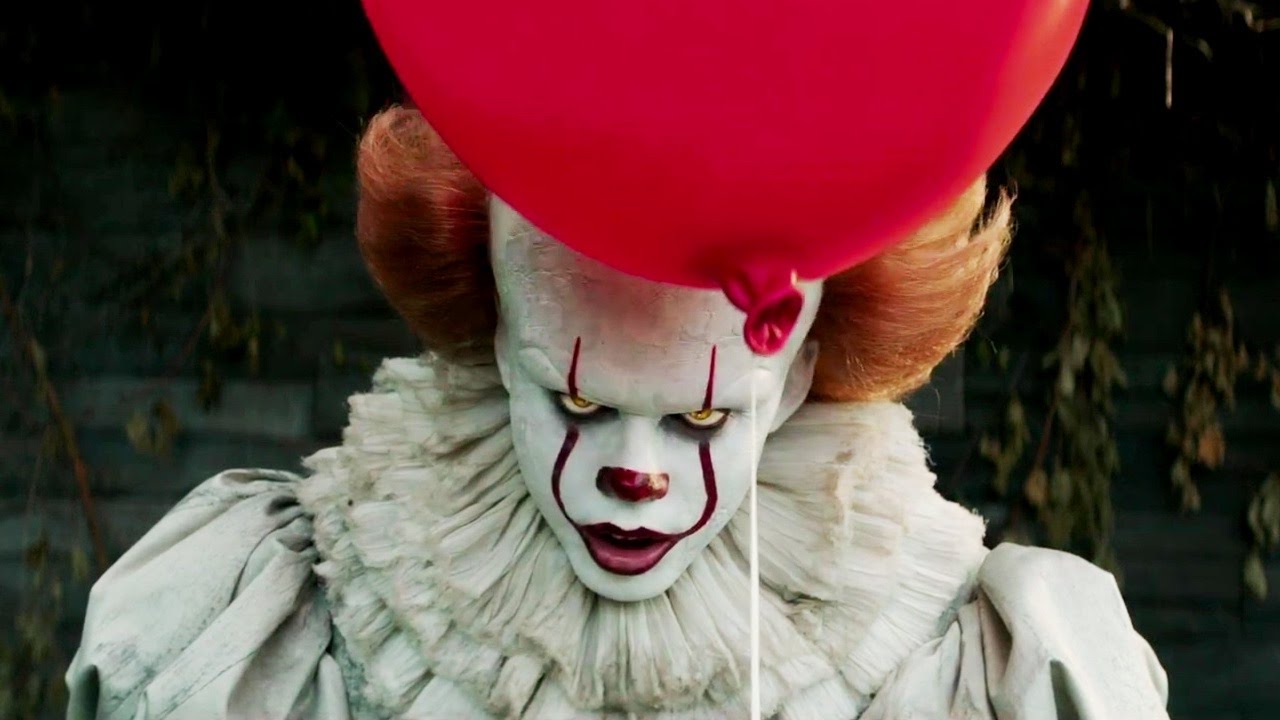
Stephen King is one of the biggest storytellers in the world. His name has become synonymous with horror, even if a good swath of his output works outside of horror. He is one of the best writers to have ever lived, and is one that is very specifically American in his style.
His work is very much entrenched in the Maine/New England life he grew up living, so it all feels authentic. His prose is a mix of flowery and simplistic, feeling like a friend telling a story around a campfire. Almost immediately upon his debut, he was a hit. And almost immediately after that, Hollywood came a-calling.
Ever since “Carrie” came out in the 70s, his work has been constantly adapted to the screen to varying levels of success. Recently it hasn’t been that great, with the last worthwhile one coming in 2007 with Frank Darabont’s adaptation of “The Mist”. Since then it’s been a lot of bad, with his brand not as hot as it once was.
Hell, look back a month and you’ll see how off the mark adaptations of his work has been when “The Dark Tower” managed to screw up on almost every conceivable level. So it’s with immense pleasure to report that a big screen adaptation of (arguably) his magnum opus, “It”, is a masterful adaptation.
One of the best adaptations of his work ever, truly nailing the feel of his work and getting to the horror and heart of the story. It is the first part of a two part adaptation, focusing on the kids section of the dual narrative. The massive success of this one guarantees a sequel quickly and makes the anticipation for it all that high. With the movie fresh in our minds and still kicking ass in theaters, let’s float on down another list. This one explaining why this movie works as well as it does.
1. The Run Time

The source material at play is a dense piece of material. Running at more than 1,000 pages, it’s one of the most difficult propositions for anyone to cram into one movie. So the smart thing was to cleave it in half and focus on one of the timelines, allowing a second movie to focus on the later timeline in which the story takes place. It’s a smart move and allows the filmmakers the proper time to ingratiate ourselves into this world and really connect with the characters. It lets the story breathe.
Clocking in a 135 minutes, it is too a dense one. And while there’s still material that has to be excised or trimmed down or hinted at, the story never feels short-changed. We go on a ride and feel every bit of terror and pain these kids go through. So by the time the sequel comes along and we see them as adults, we will be even more connected and feel the crushing disappointment of their lives even harder.
It’s one of the many sharp contrasts to “The Dark Tower”, which crammed too much into an absurdly short run time. Changes and trimming may be good, but not to the detriment of the story. This does that in spades.
2. The Cinematography
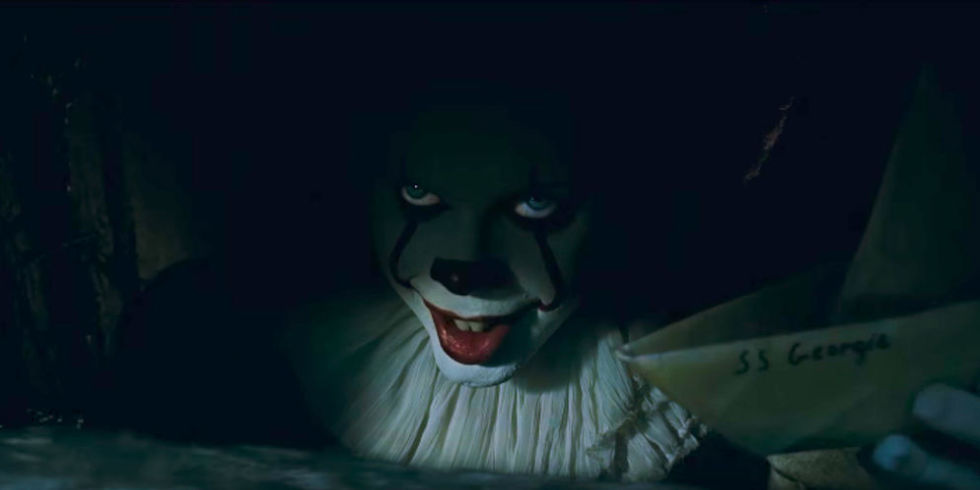
What really helps to get us into the world at play here is the gorgeous cinematography by frequent Park Chan-wook’s director of photography, Chung-hoon Chung. His presence is a massive help in tossing off any potential stench that this movie was half-assed. There was no way this movie, under his hand, was going to look cheap and chintzy the way lesser King movies do.
Not only is his presence meant to reassure film fans and King freaks that the movie is going to try its damnedest, but his work really helps to elevate the narrative being told. Because a big part of the story is the rot in the heart of Derry. It isn’t just a presence that unfurls misery every 27 years when it’s awake. Its mere presence has poisoned the town and those in it. So even in those years when It’s resting, the town allows evil and hate and misery to take over.
Chung’s work here makes all of that come to the fore visually. All of the production design in this world is all 80’s accurate and has a bit of that bright-eyed sheen to it, like a half-remembered dream to a better day. But there’s a sickness to the images. Like they’ve warmed over and are hiding true evil underneath the nostalgia.
So right out of the gate we are uneasy and we are primed for the story at hand, ready to buy in full that It has done more than just snatch some children. It has destroyed hope for anyone in that town. And more than just script deep, the visuals portray that and it helps to make the movie feel like King-esque. Any fan of his work will be at home in this world and there’s no denying that the spirit of his writing and this story are done justice.
3. Nostalgia Isn’t Force Fed
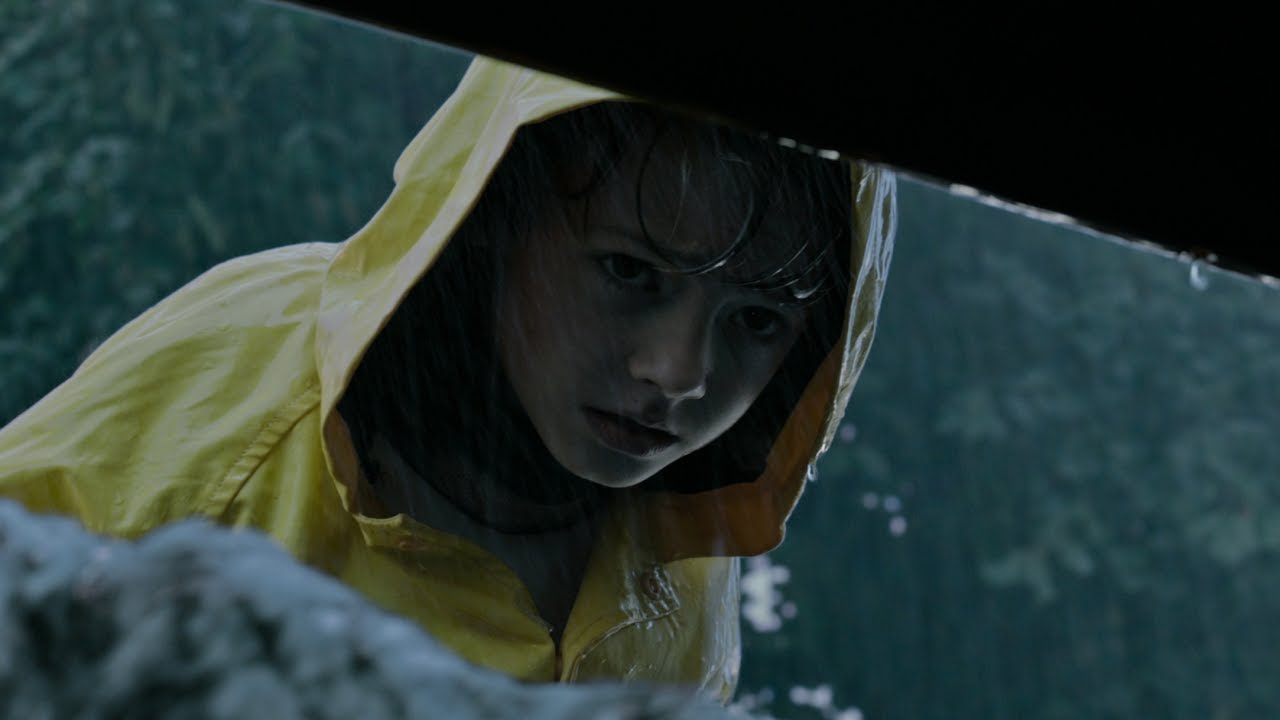
Any movie set in the 80s about kids has the real potential to be a hackneyed circle jerk for the Amblin generation. Movies in those times had a tendency to just be a checklist of easy references to make that specific audience who grew up in those times as well feel happy. It’s a cheap ploy to get audiences to like you. “See, we like the same things you did!” is not a movie. Just a cynical marketing device. This movie, though, never succumbs to that. There are references within to the time period, since the time period is important to the story.
But it’s never cheap references. There’s some posters on bedroom walls, one reference to the AIDS crisis, a Molly Ringwald joke, and off-the-beaten-path music choices that aren’t the same ol’ same ol’ that lesser movies would have used. And it is necessary to build up the time period and make it all feel accurate as the movie is about the pain of looking back.
These aren’t happy time for these kids. These are the moments that would change them forever. It’s about how nostalgia could be poisonous. That never moving on from childhood can be damaging. So to build up the time is perfect, as 80’s nostalgia has started to become a bit cynical. To throw some shade at this time period, an updating of the source material’s 50’s set narrative is a smart move and it never allows itself to fall prey to cheapness.
4. The Kids
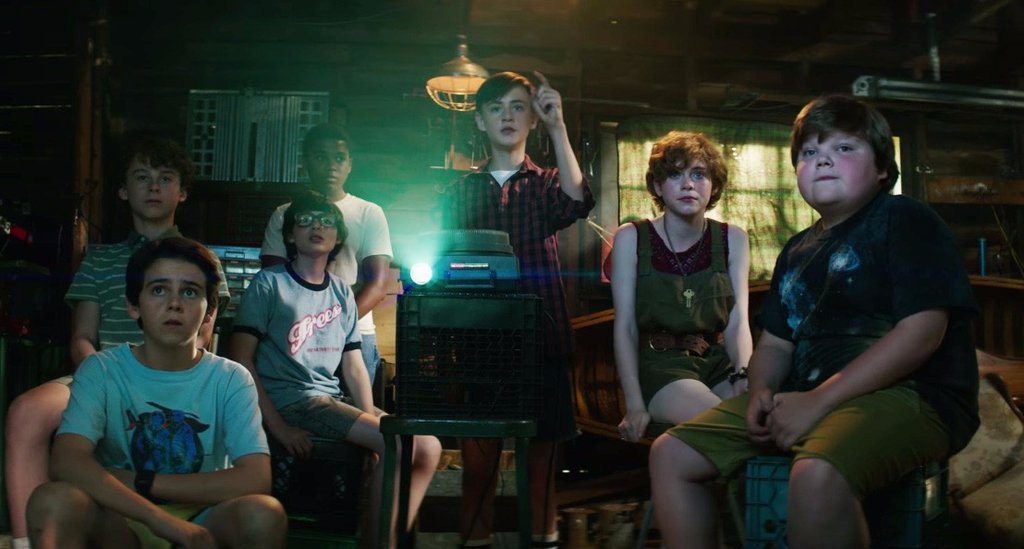
I mean, these kids are just extraordinary. It’s always a crapshoot when casting kids. They can be really bad on screen, unable to properly act out what the story needs. There can be a surface levelness to their performances. One just has to look at, yet again, last month’s “The Dark Tower” to see a child performance that doesn’t work. It is hollow and never feels properly like a child is being portrayed.
For this movie to get it so right is a miracle. Each of the kids is great and really makes it easy to connect with them and empathize with them. Each and every one of them gives star-making performances, but the MVP must be Sophia Lillis as Beverly. It’s an amazing performance that has to juggle around some really difficult material and she does it with aplomb. She is a star and it’s immediately apparent. Finn Wolfhard as Richie is great, a far cry from his work on “Stranger Things”.
Jaeden Lieberher is great as the leader of this ragtag group of losers, getting to the heart of this sad but noble boy destined to become a Stephen King-esque writer. Jack Grazer feels like he’s been around forever, like you’ve known him your whole life, making Eddie feel like a real kid with that wants to be a kid but suffers from some serious issues.
Even the bullies are perfectly cast, immediately feeling like bad news. It’s a classic case of King’s writing, as Henry Bowers is a barely functioning maniac who is inches away from mass murder when the story starts. It would have been an impossible task if all of these kids weren’t up to snuff. They more than meet the high standards set here and it’s gonna be real sad to see the adult versions.
5. No Holds Barred
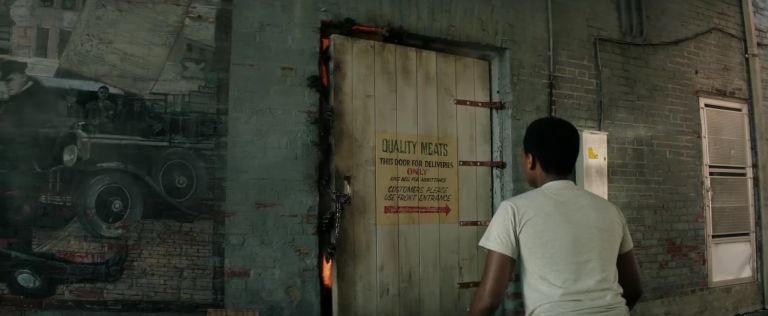
Any horror movie needs to put an audience in a place of unease. You need to be afraid that anything can happen at any moment and that anyone can die in a moment’s notice. But one of the most unspoken rules in cinema is that you don’t show kids getting killed. Not in mainstream movies, anyway. So it’s a brutal but welcome sight to see that this movie doesn’t hold back in its opening minutes.
When little Georgie Denbrough gets taken by Pennywise in the sewers, it would have been the easy thing to cut away. But this movie doesn’t do the easy thing, the thing that would make Middle America comfy. We see Pennywise take a bite of Georgie’s arm and rip it off, leaving the boy to slowly crawl away with his bloody stump in a futile attempt to escape.
It immediately tells the audience that the rules are off the table and to expect a true look into the face of evil. The movie doesn’t hit those brutal moments ever again, but it’s always there in the back of our minds. And knowing that there’s another movie in the cards focusing on the adult versions, it really makes it even more likely that things aren’t going to end smoothly. Any good horror movie needs balls, and this movie has them in spades.